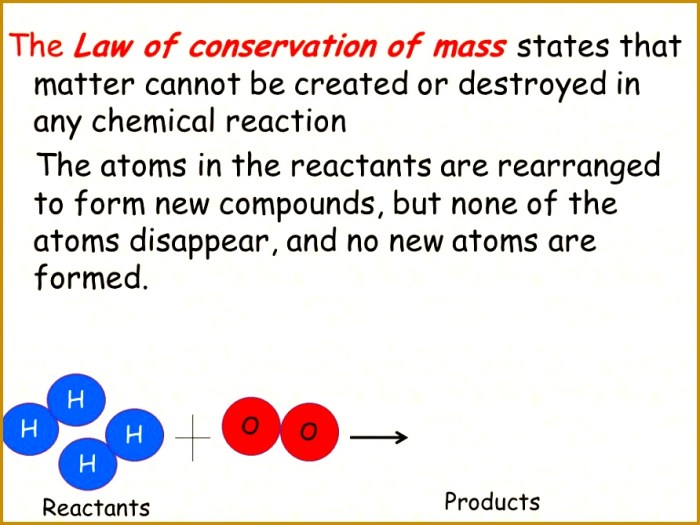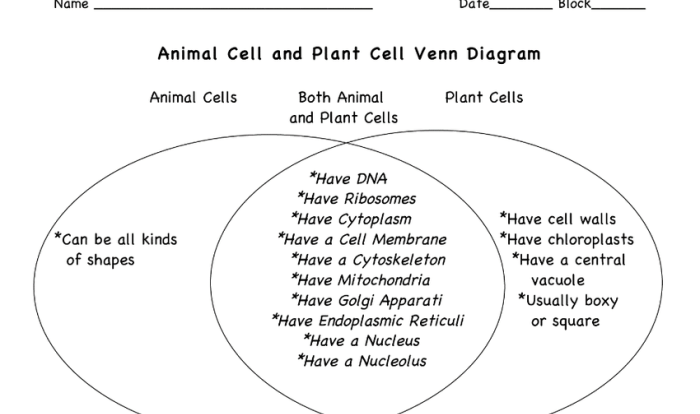Staar reporting category 1 cell structure and function answers – Embark on a comprehensive exploration of STAAR Reporting Category 1: Cell Structure and Function Answers. This meticulously crafted resource unravels the intricate world of cells, providing a thorough understanding of their fundamental components and vital functions. Delve into the structure of cells, including their specialized organelles and their essential roles in maintaining cellular homeostasis.
Discover the diverse types of cells and their unique adaptations to perform specific tasks.
Explore the intricate workings of the cell membrane, the gatekeeper that regulates the passage of substances into and out of the cell. Understand the mechanisms of transport across the membrane, including passive and active transport, and delve into the crucial role of the cell membrane in cell signaling.
Cell Structure and Function

Cells are the basic units of life, and they come in a variety of shapes and sizes. The structure of a cell is determined by its function, and cells are specialized to perform a wide range of tasks.
The basic components of a cell include the cell membrane, the cytoplasm, and the nucleus. The cell membrane is a thin layer of lipids that surrounds the cell and protects its contents. The cytoplasm is a gel-like substance that fills the cell and contains the cell’s organelles.
Organelles are small structures that perform specific functions within the cell.
The nucleus is the control center of the cell and contains the cell’s DNA. DNA is a molecule that contains the instructions for making proteins. Proteins are essential for the cell’s function, and they are used to build new cells, repair damaged cells, and carry out chemical reactions.
Cells are constantly interacting with their environment. They take in nutrients from their environment and use them to produce energy. They also excrete waste products into their environment. Cells communicate with each other through chemical signals. These signals can tell cells to grow, divide, or die.
Cell structure and function are essential for maintaining homeostasis. Homeostasis is the maintenance of a stable internal environment. Cells must be able to maintain a constant temperature, pH, and ion concentration in order to function properly.
Cell Membrane
The cell membrane is a thin layer of lipids that surrounds the cell and protects its contents. The cell membrane is semi-permeable, which means that it allows some substances to pass through while blocking others.
The cell membrane is composed of a phospholipid bilayer. Phospholipids are molecules that have a hydrophilic (water-loving) head and a hydrophobic (water-hating) tail. The hydrophilic heads face outward, while the hydrophobic tails face inward. This arrangement creates a barrier that prevents water-soluble molecules from passing through the cell membrane.
The cell membrane also contains proteins. These proteins help to transport molecules across the cell membrane. Some proteins are channels that allow specific molecules to pass through, while others are carriers that bind to molecules and transport them across the membrane.
The cell membrane is essential for the cell’s function. It protects the cell’s contents, regulates the movement of molecules into and out of the cell, and communicates with other cells.
Cytoplasm, Staar reporting category 1 cell structure and function answers
The cytoplasm is a gel-like substance that fills the cell and contains the cell’s organelles. Organelles are small structures that perform specific functions within the cell.
The cytoplasm is composed of water, proteins, carbohydrates, and lipids. The cytoplasm is also home to a variety of organelles, including the mitochondria, the endoplasmic reticulum, the Golgi apparatus, and the lysosomes.
The mitochondria are the powerhouses of the cell. They produce energy for the cell through a process called cellular respiration.
The endoplasmic reticulum is a network of membranes that folds and transports proteins. The Golgi apparatus is a stack of membranes that modifies and packages proteins.
The lysosomes are small sacs that contain digestive enzymes. They break down waste products and recycle them into useful materials.
The cytoplasm is essential for the cell’s function. It provides a space for the cell’s organelles to operate, and it transports materials throughout the cell.
Expert Answers: Staar Reporting Category 1 Cell Structure And Function Answers
What is the primary function of the cell membrane?
The cell membrane serves as a selective barrier, regulating the movement of substances into and out of the cell, maintaining the cell’s internal environment, and facilitating communication with other cells.
How does the nucleus contribute to cell function?
The nucleus houses the cell’s genetic material (DNA) and plays a central role in gene expression, controlling the synthesis of proteins and regulating cellular activities.
What is the significance of cell division?
Cell division is essential for growth, development, and tissue repair. It ensures the production of new cells to replace old or damaged ones and facilitates the propagation of genetic material during reproduction.


